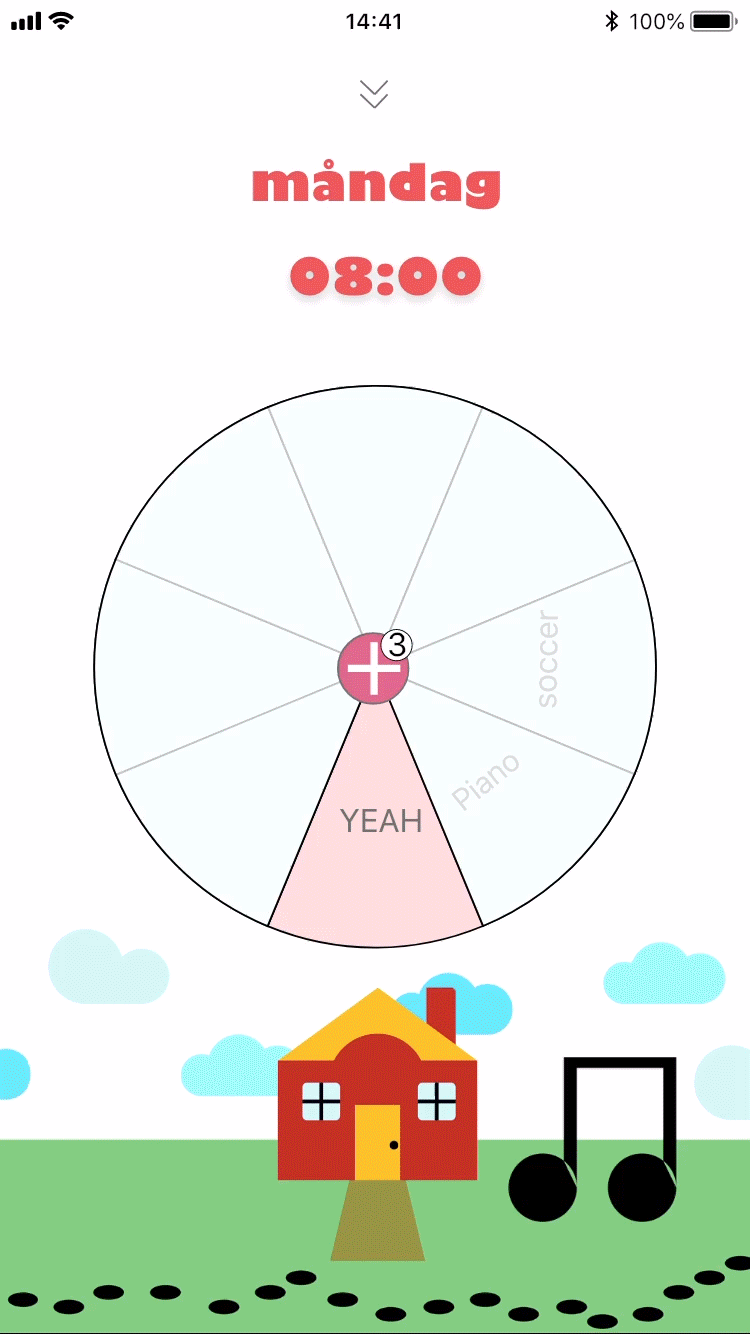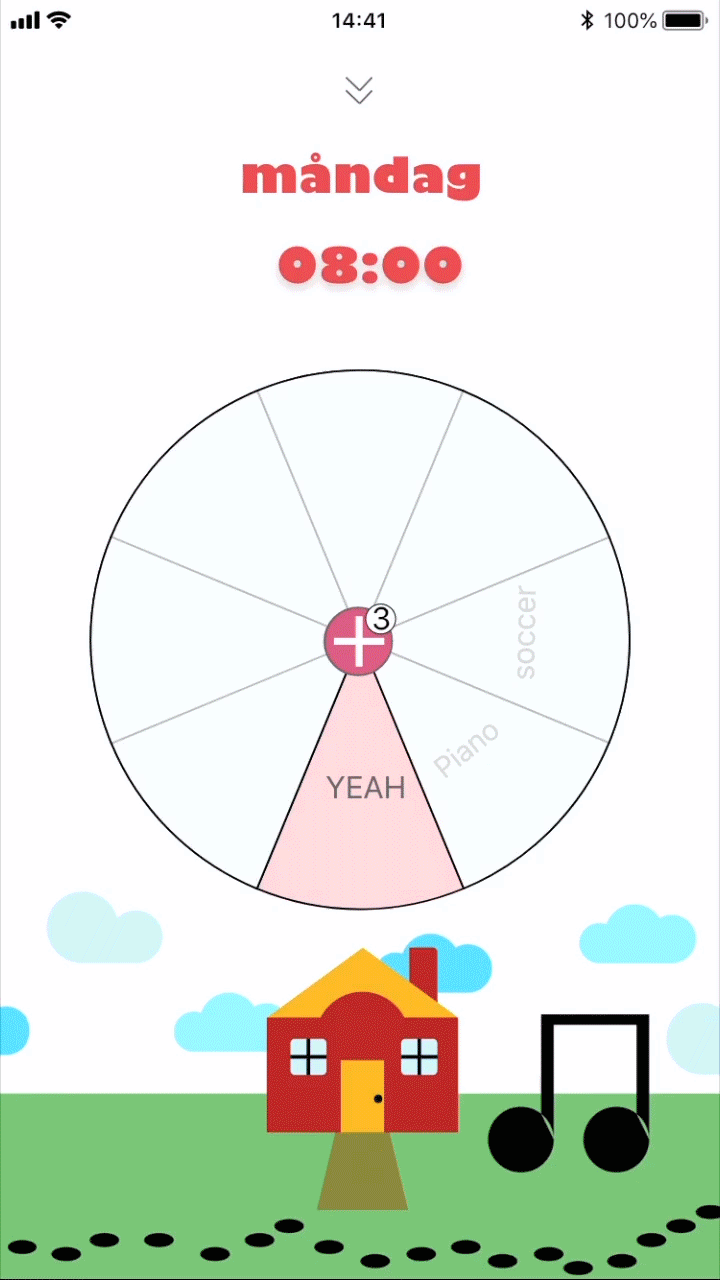.jpg)

Snurra Dagen Calendar App
Following the double-diamond design process to deliver a calendar app prototype for kids that calls on them to seize the day ("snurra dagen" in Swedish)
1 Double-diamond design
For my final project in my Master's Media Technology and Interaction Design course, I worked with a team of five other graduate students to design a product for children in the home.
We followed the double-diamond design method to narrow down our target age, gauge their needs, and test a variety of product concepts. The double-diamond is a commonly used framework for design, made up of four phases: Discovery, Definition, Development, and Delivery. The process is meant to be iterative, but within the scope of the course we only performed one round in each phase.

Figure from Design for Health
2 Discover

Behavioral observation with a 2 year old
The Discovery phase relies on research and empathy to gather data on user needs and goals. A combination of data collection methods allowed us to define user context and narrow down our target group.
We used a combination of behavioral observation and 1-on-1 interviews with 7 children between the ages of 2 and 12 and their parents (I ran four of those with another team member). Two other team members broadened our reach by performing a literature review on children's use of media in the home. We found that children's use goals tended to change around 7 years old, and so we divided our potential target group into those above and below that age. We also needed to consider parents' goals and influence as secondary users. The following core design challenges emerged:
1 Balancing privacy and security with independence
2 Usability for children (i.e. cognitive and physical development)
3 Including educational elements
4 Accounting for different ages in the same home
3 Define
Once we had a grasp on user needs, we drew insights during the Definition phase. We crafted three personas and defined solution opportunities for those users.
Our personas spanned across the age groups we had researched during the Discovery phase:
Piper, a 3 year old who plays on their iPad and their parents' iPhones and wants to stay entertained
Darcy, a 10 year old who has her own phone, PS4, and laptop and wants to stay in touch with friends/family and express herself in an online space
Ester, a 38 year old mom who has 2 kids and a TV, an Android, and a PC; she wants to spend enough time with family and manage her kids' security and organization
.jpg)
One or two late evenings brainstorming
4 Develop
To Develop concepts we ideated by brainstorming solutions for the personas, then iterated on one solution through lo-fi paper prototyping.
Using a 'yes, and' style of brainstorming while sketching concepts allowed everyone's input to be heard and built on. Ultimately we decided on a calendar app for preteens, which would allow them to stay in touch with friends and plan their own days.
We spent a day on a paper prototyping workshop, then took our solutions out into the field. One student and I ran three 1-on-1 tests with a 9 year old and two 11 year olds. The feedback (which can be seen in the last slide of the gallery on the left) suggested that the first and second concepts worked best.
5 Deliver
Our final deliverable was a hi-fi prototype of the Wheel concept. Though the UI design should be cleaned up, the prototype is interactive and would serve for further user testing.
The daily calendar is organized into a 'wheel' in the center of the screen, reminiscent of a clock. Users can cycle through the day and fill it with new events. As new events get added, corresponding visuals are also added to the 'day's journey' at the bottom of the screen; at the end of the day, the user can look back on a storyline of what they've done. Users can also add friends and chat about upcoming plans, which introduces an aspect of social engagement. The concept is called "Snurra Dagen" ("seize the day") because it urges users to stay present in planning for the day and to make use of all the time available.

Those sweet, sweet flows (AdobeXD)

Basic navigation in the main dashboard

Adding friends to an event and chatting

Adding a new event




